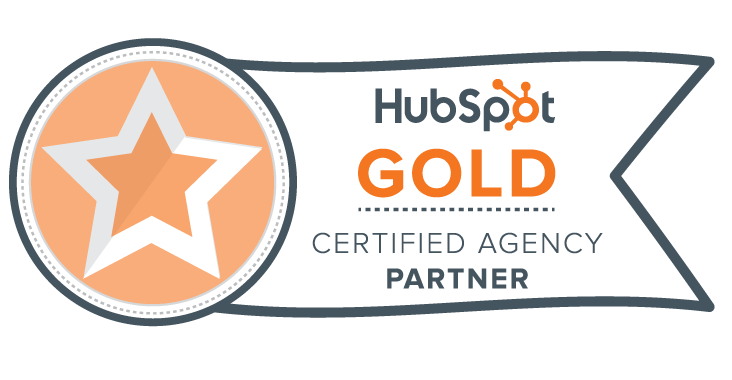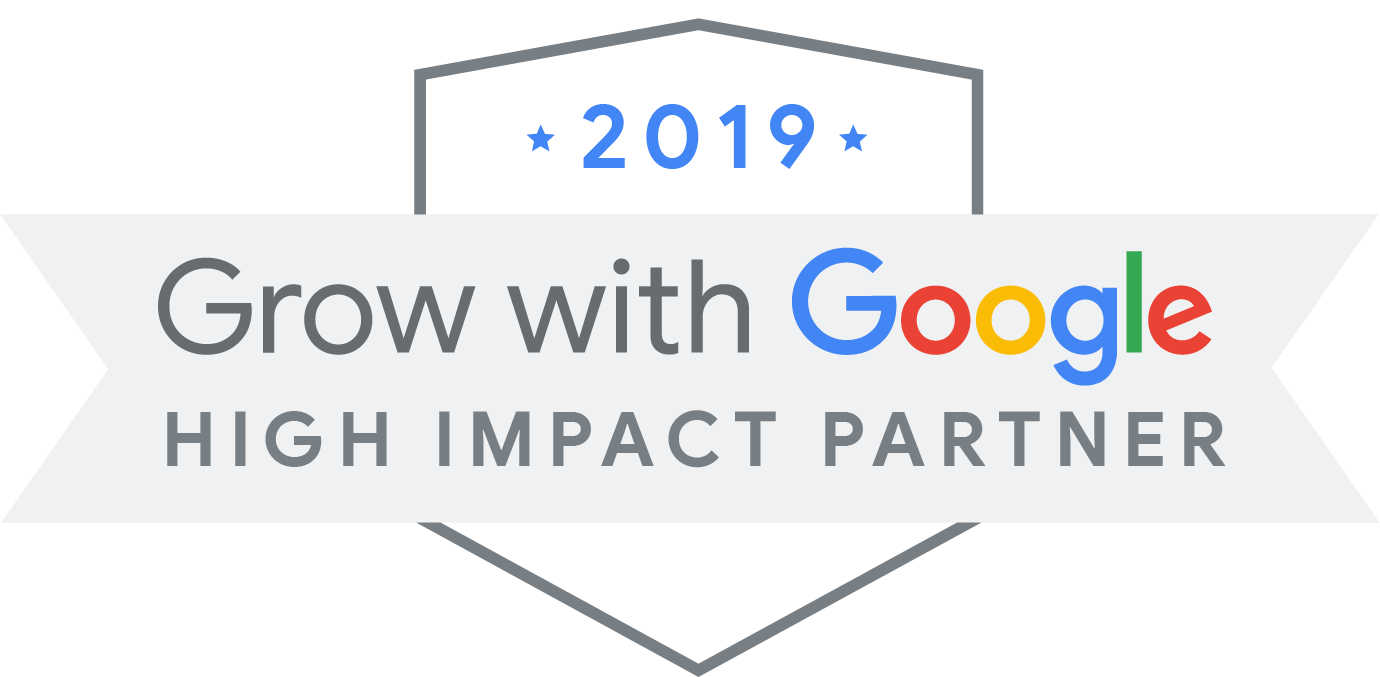
Social ROI Isn’t Just Transactional
It’s not that a transactional approach to social media ROI is completely irrelevant. It’s very relevant. However, a lot of the value from social doesn’t show up immediately. For instance, a prospect you shared an article with on Twitter may come back and purchase from you three months later because they bookmarked your content. And if they clicked on a Google Ad, credit will be given to Google, even though social contributed to the conversion.
This is the way social media ROI is viewed through a traditional perspective:
A user clicks a link in your Tweet, then makes a purchase.
Unfortunately, that rarely happens. Social ROI looks more like this:
You build familiarity with a user through sharing multiple valuable social media posts. Over time they grow to know, like and trust you. Eventually, they might make a purchase. Or they share your content with a friend that makes a purchase. Or something you share gets picked up by an authority who sees it, shares it with their followers and you get exposure to a new audience.
The point is, social media ROI isn’t as cut and dry as you might think.
The direct link between social media and a new customer might not always be as direct as a Google Adwords or media buying campaign. But the return you get from Facebook, Twitter, Instagram and other networks can be just as great, if not better than “traditional” marketing channels.
Social Impacts More Than Just Social
When you talk about the value of social media, you need to consider the value it brings to other aspects of your company as well. Whether it’s learning more about your target audience so you can better serve them, building awareness for your brand or retaining existing customers, social media now has a hand in nearly every part of your business that involves customers.
The problem is some marketers aren’t sure how or where to start when it comes to proving the value of social. We think we can help with that.
First, you need to define your goals. What do you want to accomplish on social? Below are just a few examples:
Your goals may be a combination of these, or some we haven’t mentioned, and that’s fine too. The point is, social media ROI will look different depending on what you’re trying to accomplish. However, just because you didn’t state a goal doesn’t mean you’re not collecting some of the inherent benefits social media delivers to your business. Here’s a more in-depth look at how to determine social media ROI based on your goals:
Get More Traffic
With over 31% of all traffic now coming from social media, brands need to start making it a priority. Just three years ago, social only drove 22% of all traffic.
The takeaway here is consumers rely on social media to find content more than ever before. It’s representative of the way people consume information today vs 15 years ago. In a world where 62% of people get their their news from social media, your brand can’t afford to be nonexistent on Twitter, Facebook and other networks.

Social continues to prove it’s one of the most valuable traffic generators. Plus, one of the biggest advantages of driving traffic from social as opposed to other sources is the branding and awareness benefits you get along with it.
When people find your site through search or a paid ad, they may collect the information they want and completely forget about you. On social media, people can start following you with the tap of a button, which delivers long-term benefits and opportunities to re-engage with them again and again.
Once you’re able to get someone to follow your brand, you continue to share content with them on a regular basis. Instead of hoping and waiting for prospects or consumers to visit your website when they’re ready to buy, your brand will already be top of mind.
And to add to this, social media traffic becomes increasingly valuable over time. As your audience becomes more familiar with your brand, they’ll grow to trust you and be more inclined to purchase your offerings.
Social media is a way to introduce people to your brand and nurture them through providing helpful and educational content.
Build Awareness
Social media is an excellent way to build awareness for your brand. With millions of active users spread across Facebook, Twitter, Instagram and other networks, the reach you get on social is amazing—and it’s more credible coming from a trusted source. That makes it the perfect platform to tell your brand story, which is a major driver of how consumers buy today.
People don’t just want to buy from companies because they have good products and services. They want to know what your brand stands for in addition to what it sells. In fact, 66% of consumers are willing to pay more for products and services from companies dedicated to social and environmental good.
Use social media to let people peek behind the curtain to understand more about your company, your culture and what you stand for. It doesn’t have to be a social cause, but people want to know who they’re buying from.
For instance, WeWork places a priority on empowering entrepreneurs and creatives, as well as making their co-working spaces a part of the community. They’re able to use Instagram to showcase their brand beliefs and messaging authentically, which in turn attracts customers who share similar beliefs.
Plus, social media is where people tell their friends about their favorite products and brands. Two-thirds of Americans say they’re more likely to purchase a product after a friend or family member shared it on social media. So needless to say, it’s a great way to build awareness. But how do you track it?
Drive Leads or Sales
We talked about how beneficial social media can be for driving traffic to your website. But once people arrive, the value starts to kick in even more because social media followers aren’t afraid to buy. In fact, our Q3 2016 Index report found that 57% of users are more likely to buy from a brand they follow on social media.

Start focusing on building a highly engaged audience on social media first, and profits are more likely to follow.
Not only are your social media followers more likely to buy, but they may also spend more. J.Crew found that their social media followers spend twice as much as their average customer.
Retain Current Customers
What if there was a way for you to see exactly what your target audience or existing customers wanted from your brand? Not only that, but to also learn about what else they like outside of just the products and services you sell. How valuable would that information be to you? Very, right?
You can get this information and more from social media.
Your customers are constantly Tweeting about experiences they’ve had with your business and posting photos on Instagram with their favorite products. Our Q2 2016 Index found that social media was consumers’ No. 1 choice for seeking customer service. That’s right–your customers are using social media to talk directly to you, to resolve problems and create great experiences.

We’ve also seen an uptick in the number of people using social media to contact brands. Our data showed the number of messages sent to brands that require a response increased 18% between 2015-2016.

That makes social the perfect platform to not only gain customers, but to retain existing customers.
The Social Media ROI Puzzle Solved
The value of social media doesn’t have to be an elusive mystery your brand struggles to solve. Shift the way you think about how social benefits your company from a transactional viewpoint to more relational. You’ll get a much clearer picture of what social media ROI means to your brand and how to measure it.
Ready to get found? Our Buzz Builders Online Marketing programs will get you found online. And if you’re looking at a new website, our Minneapolis Web Design programs create beautiful and functional websites that get results. Click to get started.
* * *
 Get Started
Get Started Support
Support Call us
Call us Email Us
Email Us



